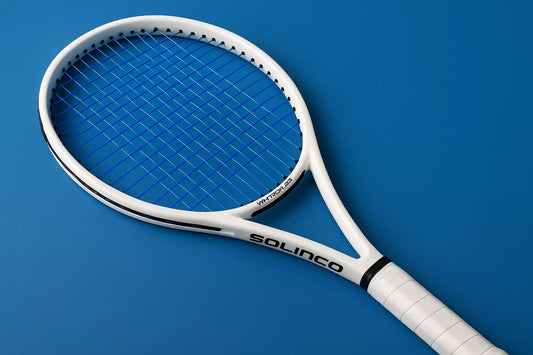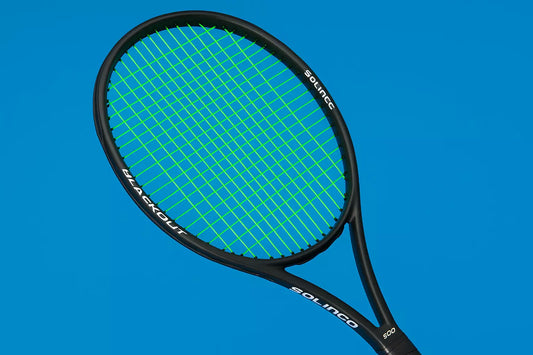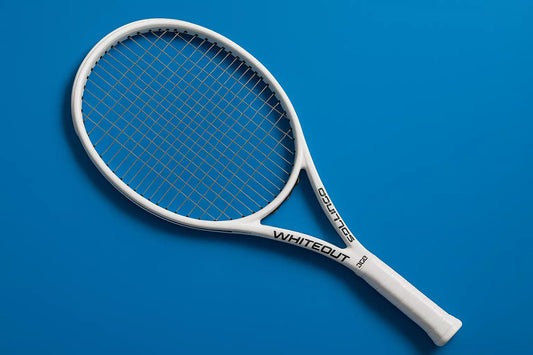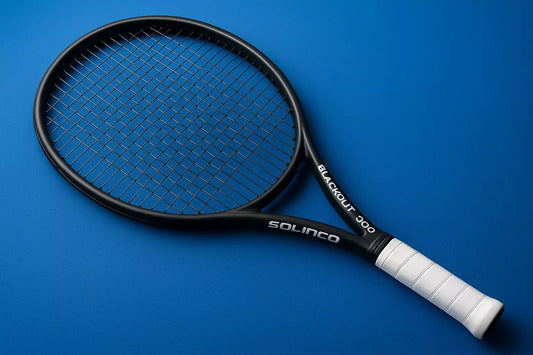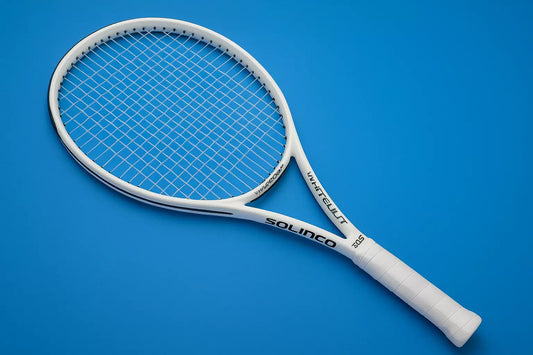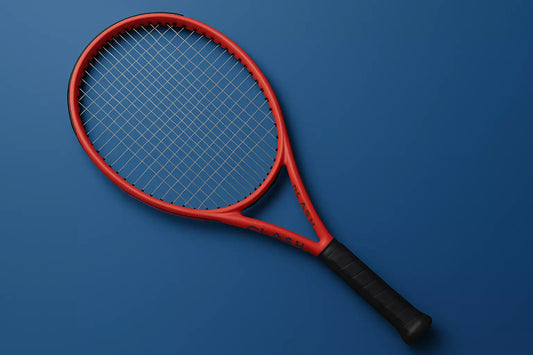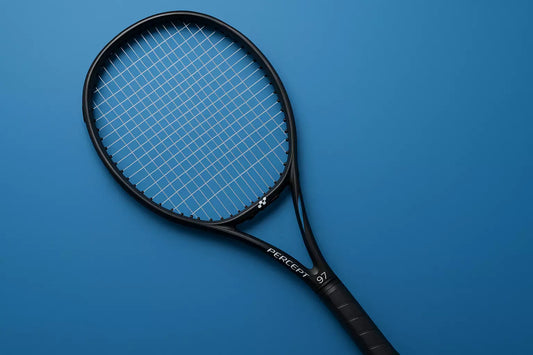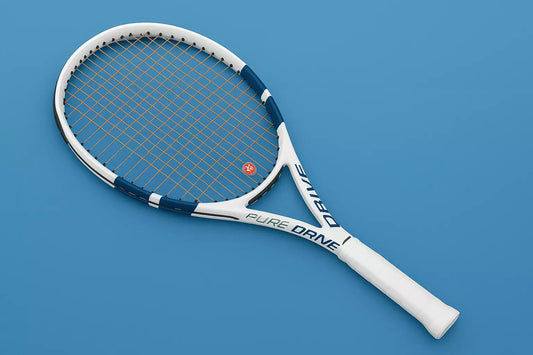Choosing the right tennis string is crucial for optimising your performance on the court. Two popular string types are polyester and multifilament, each offering distinct characteristics suited to different playing styles and skill levels.
Polyester Tennis Strings
Characteristics:
-
Composition: Made from a single strand of extruded synthetic material, polyester strings are dense and durable.
- Control and Spin:Their firm structure provides enhanced control and spin potential, allowing players to execute precise shots.
- Durability: Highly resistant to wear, making them ideal for players who frequently break strings.
- Tension Maintenance: Tend to lose tension faster than other strings, requiring regular restringing to maintain optimal performance.
Best Suited For:
- Advanced Players: Those with fast swing speeds who generate their own power and seek greater control.
- Spin Enthusiasts: Players aiming to impart significant spin on the ball.
- String Breakers: Individuals who often break strings due to aggressive play styles.
Polyester Tennis String Examples:
Multifilament Tennis Strings
Characteristics:
-
Composition: Constructed from numerous microfibres woven together, mimicking the feel of natural gut strings.
- Power and Comfort: Their elastic nature provides a lively feel, offering increased power and a softer touch, which is easier on the arm.
- Tension Maintenance: Generally maintain tension better than polyester strings, providing consistent performance over time.
Best Suited For:
- Beginner to Intermediate Players: Those seeking a balance between power and comfort.
- Players with Arm Issues: Individuals prone to tennis elbow or other arm discomforts, as these strings absorb more shock.
- Seniors or Recreational Players: Players who prefer a softer feel and added power without exerting excessive force.
Multifilament Tennis String Examples
Hybrid Tennis String Setups
Combining polyester and multifilament strings in a hybrid setup allows players to enjoy the benefits of both types. Typically, polyester strings are used in the mains (vertical strings) for control and spin, while multifilament strings are placed in the crosses (horizontal strings) to enhance comfort and power.
Benefits:
- Balanced Performance: Achieves a blend of control, spin, power, and comfort.
- Customisation: Allows players to tailor their string bed to their specific preferences and playing style.
Consideration:
-
Experimentation Needed: Finding the ideal combination may require testing different tensions and string types.
Selecting the appropriate tennis string significantly impacts your game. Polyester strings offer durability and control, catering to advanced players with aggressive styles. In contrast, multifilament strings provide power and comfort, appealing to beginners, intermediates, and those seeking a softer feel. A hybrid setup presents a versatile option, combining the strengths of both string types. Consider your playing style, skill level, and physical comfort when choosing your strings, and don't hesitate to experiment to find the perfect fit for your game.


